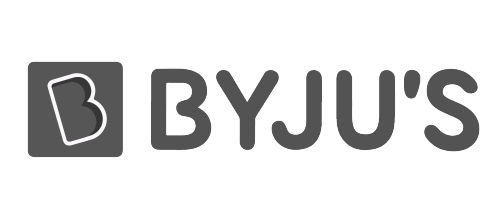
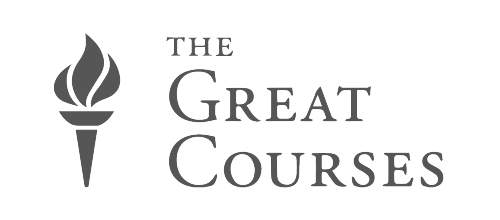
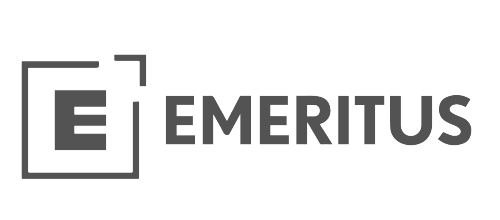
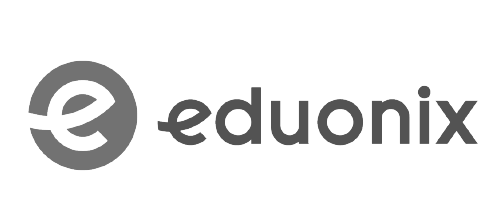



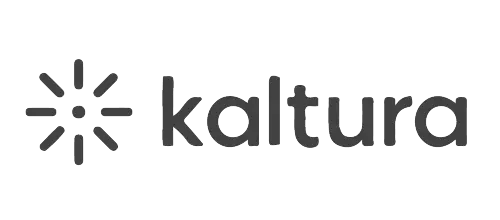
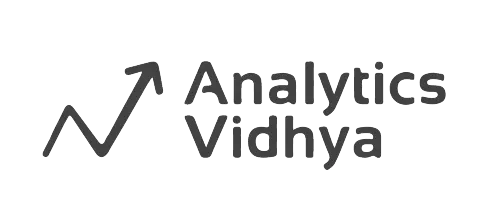
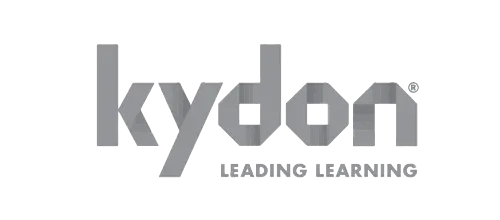










Get Full Verbatim Notes Online
You can access complete verbatim notes online and directly from your computer with just one click. The software doesn't require installation. You can use it to transcribe meetings, interviews, and other audio or video footage. Your content can be recorded, uploaded, and transcribed all in one location online. Also, the cloud storage will store all of your recordings.
Designed For Accuracy And Speed
Our verbatim transcription software was made to be quick and accurate. All you have to do is record or upload your media and use our function for automated transcription. Unlike other time-consuming procedures, you might need to modify a few lines of text. After that, you may quickly download a copy of your transcription!
Webcam Recorder, Video Editor
Wavel Studio provides a complete toolkit to meet all your audio and video editing requirements. Using our webcam recorder, you may swiftly transcribe your interviews, meetings, and video lessons. You can quickly download a copy of your verbatim transcripts. Subtitles can also be burned using our video editor.
Get accurate transcriptions requiring only minimal edits. You can even translate your transcript into multiple languages. You can edit your video using our video editor when you're done. You can download a copy of your transcription in TXT format. Get unlimited transcription downloads with a premium account.
How to Verbatim Transcript an Audio or Video:



Verbatim
The audio is entirely reproduced, including all utterances—including ums, ahs, stuttering, false starts, etc.—in verbatim transcription. They also consist of non-verbal noises like guffaws, coughs, sobs, thumping, ambient noises, etc.
Clean Copy transcripts undergo a mild editing process to eliminate extraneous words, false starts, repeated words, etc. Clean Copy is frequently the ideal option when readability is sought above an accurate description of every word, such as for transcripts meant to be published/drafted, such as podcasts, video transcription, and online training.
Verbatim is more suitable when using the transcript for legal or insurance reasons. For instance, recording every word said during a recorded deposition is crucial because doing so will allow you to determine the speaker's emotional condition and other essential facts.
However, Verbatim is more appropriate if the transcript is used for legal or insurance purposes. For example, in a recorded deposition, it's essential to capture every utterance as they provide vital information to ascertain the emotional state of the speaker and the context in which the words were spoken. Below is more detail about the differences between Verbatim and Clean Copy transcriptions.
For example, in a recorded deposition, it's essential to capture every utterance as they provide vital information to ascertain the emotional state of the speaker and the context in which the words were spoken. Below is more detail about the differences between Verbatim and Clean Copy transcriptions.
Added Words
Filler words are sounds or words used in oral conversation when the speaker pauses to think but wants to keep up the flow of what will be said next but do not contribute any new meaning. They contain expressions like "um," "uh," "er," "ah," "like," "okay," "I mean," and "you know." Although verbatim transcripts are faithfully recorded, most clean copy transcripts have these words cut out.
Nonverbal Expressions
In Clean Copy, non-verbal outbursts like laughing, sneezing, coughing, throat clearing, sobbing, sniffling, and gasping would generally be taken out but are included Verbatim. Square brackets are used to designate these sounds. For illustration, try [laughs], [clears throat], or [cries]. They are included in the text where the sound begins.
False Starts and Incomplete Words
False starts are sentences that are prematurely terminated. For example: "She, uh, she asked me to leave." In this case, "She, uh," is a false start that would usually be edited out of Clean Copy but is included in Verbatim. Incomplete words are partially spoken but cut off by the speaker. In Clean Copy, they are written in whole or omitted entirely, depending on the context. In Verbatim, only the part of the spoken word is written, followed by a dash to show that it was cut off.
What Distinguishes Verbatim Transcription From The Non-Verbatim Transcription?
Verbatim and non-verbatim transcriptions are the two primary forms. When transcribing verbatim, the transcriptionist records every word they hear, including non-speech noises, interruptions or other indications of active listening, filler words, false starts, self-corrections, and stutters. This transcript costs a little bit more because it takes much more time and care to complete.
Contrarily, a non-verbatim transcription is edited to remove extraneous words, stutters, and anything else that detracts from the main point. The most typical transcript should only be gently altered for readability by the transcriptionist.
Here is an illustration of two actual sentences that were both verbatim and non-verbatim transcribed and compared side by side:
Example 1
Non-verbatim: We should go to the movies tonight because of the discount.
Timestamps, an instant first draft, rush delivery, and verbatim transcription are all among the add-ons a customer might request. Transcripts support various projects, and depending on the project scope, you'll want to ensure you're ordering the right add-ons.
Verbatim: And so, I suppose... We should visit the theater tonight because of the discount (laughs).
Non-verbatim
Example 2: She was dozing off when I called her yesterday. Most likely, she was simply worn out.
She was sleeping when I called her yesterday, to quote the conversation verbatim. She was likely worn out.
When Should A Transcript Be Verbatim?
A transcript sounds precisely like a written account of an audio recording. But that's too simplistic. The structure and level of detail that a transcriptionist provides will differ depending on the type of transcript that a customer orders. Customers can purchase add-ons such as timestamps, an instant first draft, rapid delivery, and verbatim transcription.
A cleaned-up transcript needs to have the helpful context that verbatim transcripts offer. When conducting focus groups, referencing sources, or obtaining a legal transcription, precise verbatim transcripts—which include non-speech sounds like "mm-hmm (affirmative)" or "mm-mm (negative)")—are essential.
Most of the time, these words are unnecessary, but there are numerous situations in which they do. For example, in audio recordings of police interrogations, these vocal pauses may provide information about a person's demeanor.
It is best to use verbatim transcriptions when:
1. Direct citation of a source
2. Facilitating focus groups
3. Analyzing interview data from a research project
4. The creation of legal papers
5. Presenting a legal argument
Which Transcription Company Ought You To Employ?
A transcript sounds precisely like a written account of an audio recording. But that's too simplistic. The structure and level of detail that a transcriptionist provides will vary slightly depending on the sort of transcript that a customer orders. Customers could request add-ons like timestamps, an instant first draft, rapid delivery, and verbatim transcription. Transcripts can be used for many different projects. Therefore you should acquire the appropriate add-ons based on the project's size.
How We Act
Our software generates a draft text automatically and offers an intuitive text editor to enhance it, saving you the time and inconvenience of manually turning audio or video into text.
Convenient Online Text Editor
Our online text editor allows you to update the text, highlight specific passages, and search through your text while integrating your audio.
Alternatives For Multiple Imports And Exports
After importing video and audio data in various formats, you can export your transcript as a Word, JSON, or text file with optional timestamps and speaker differentiation.



